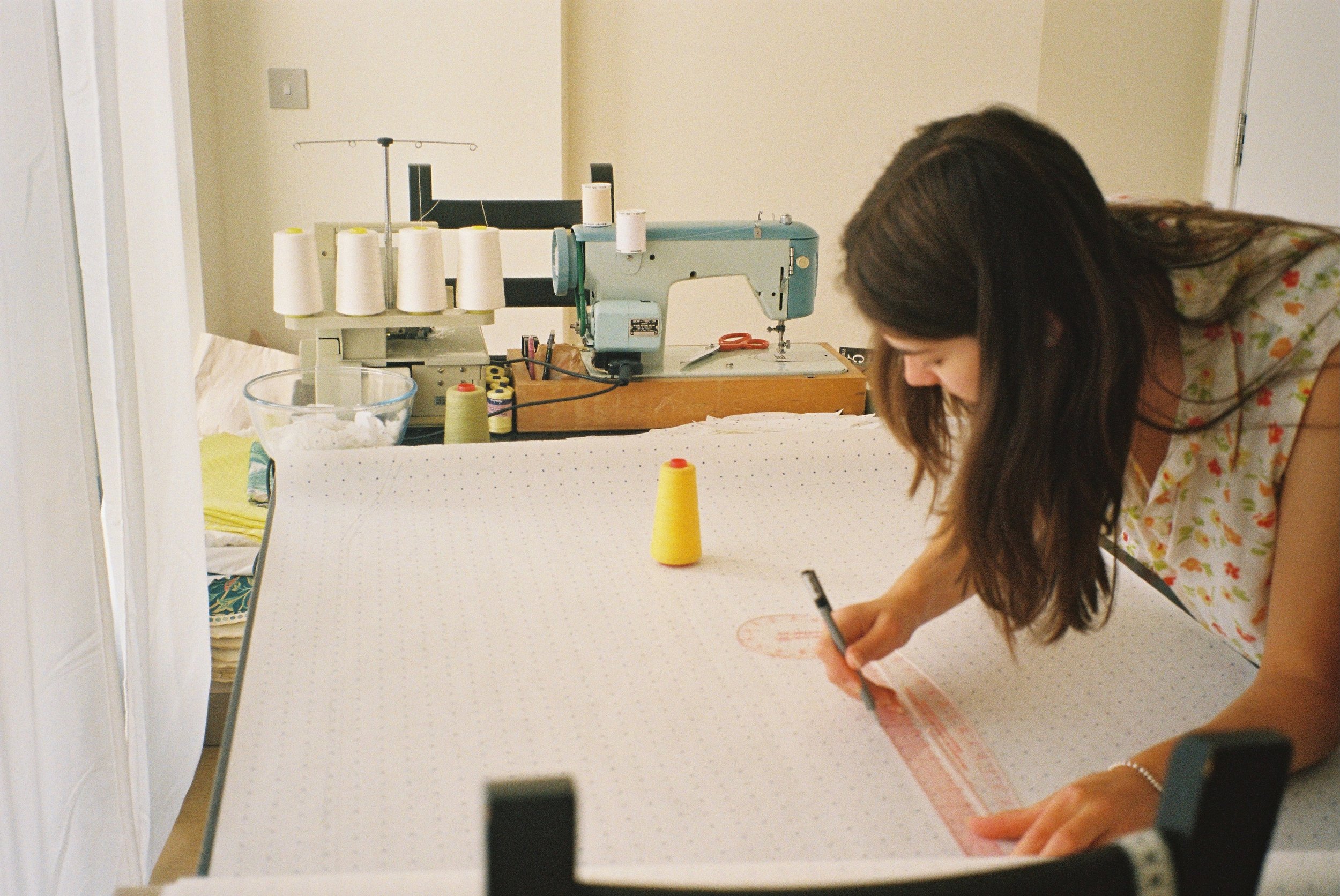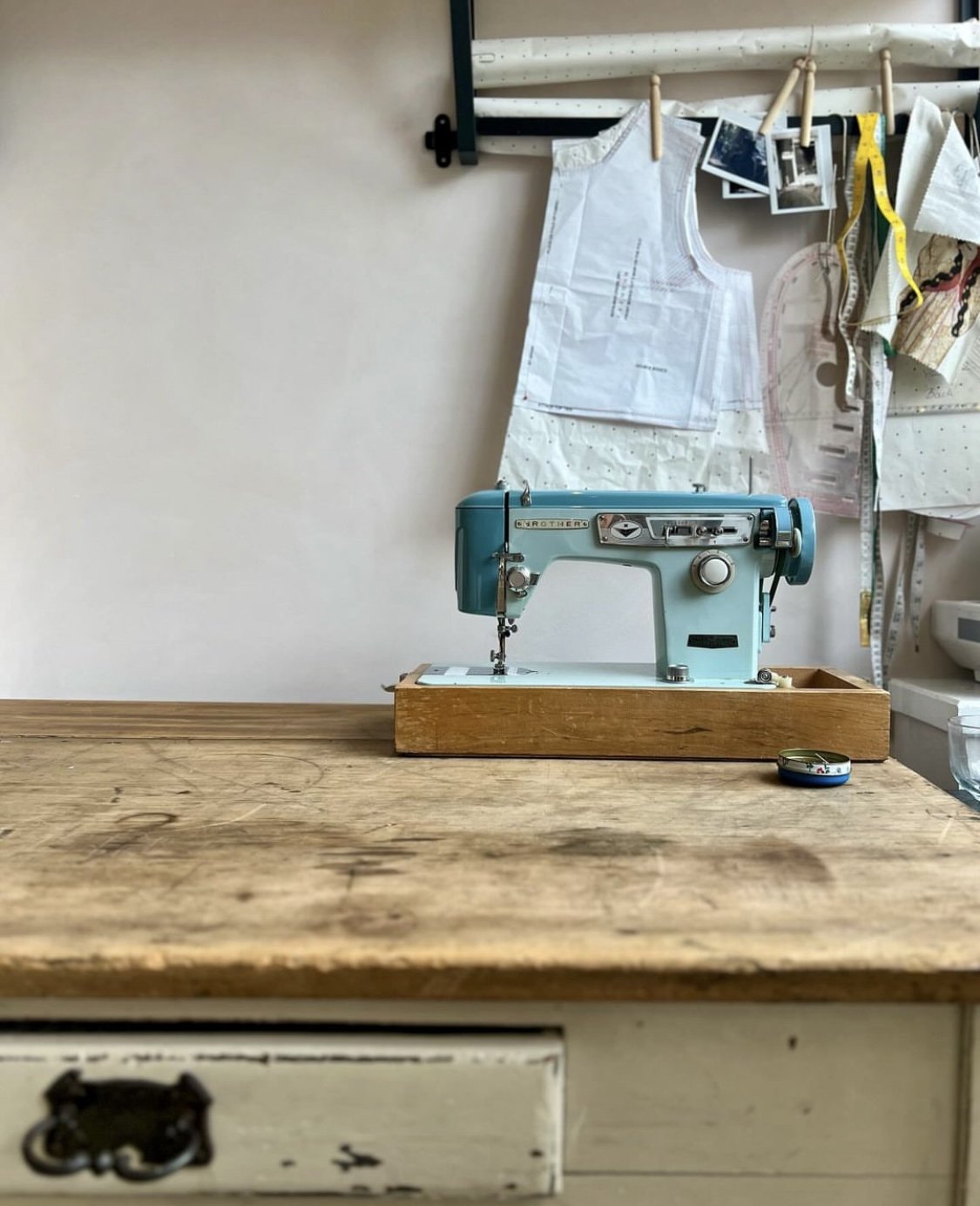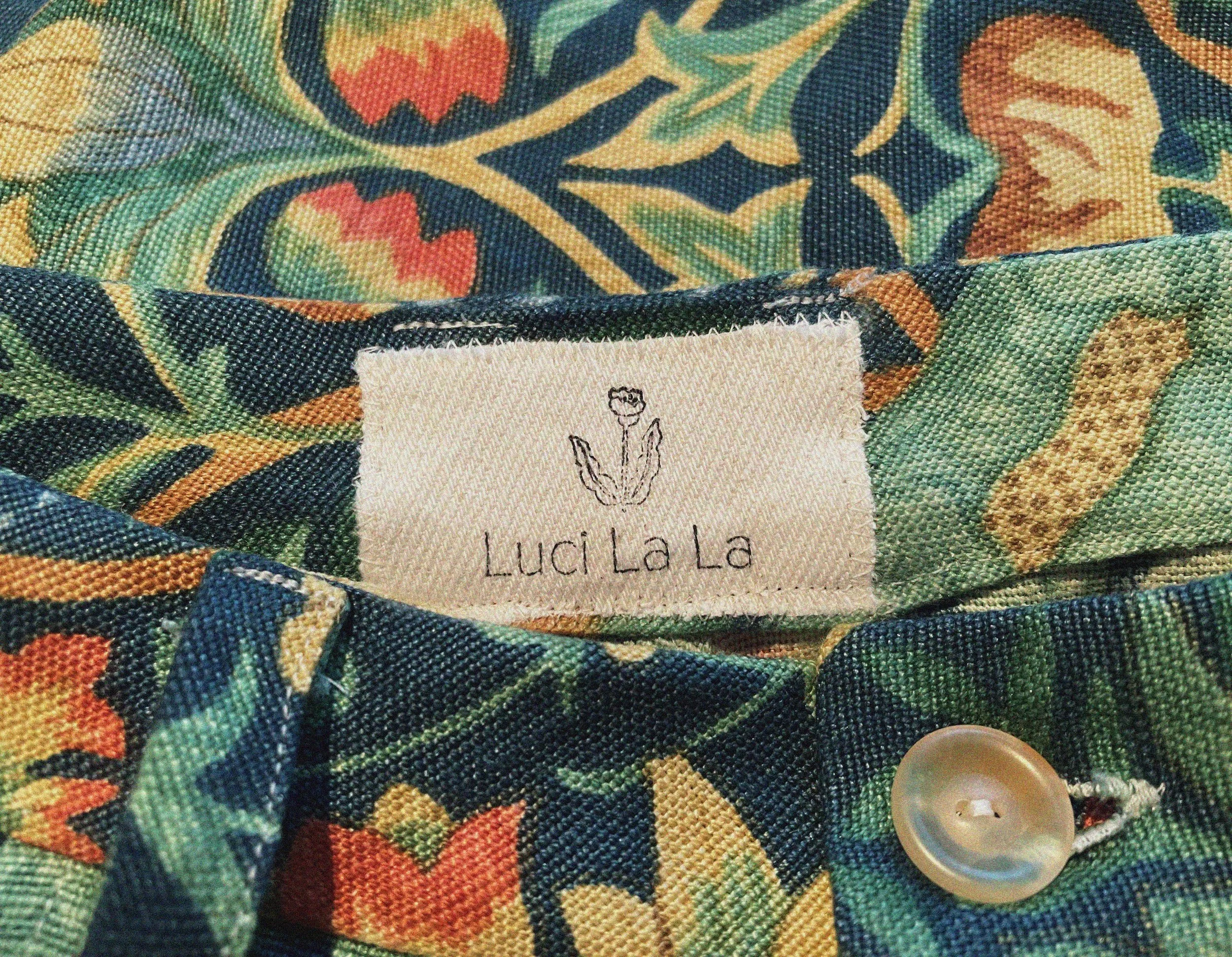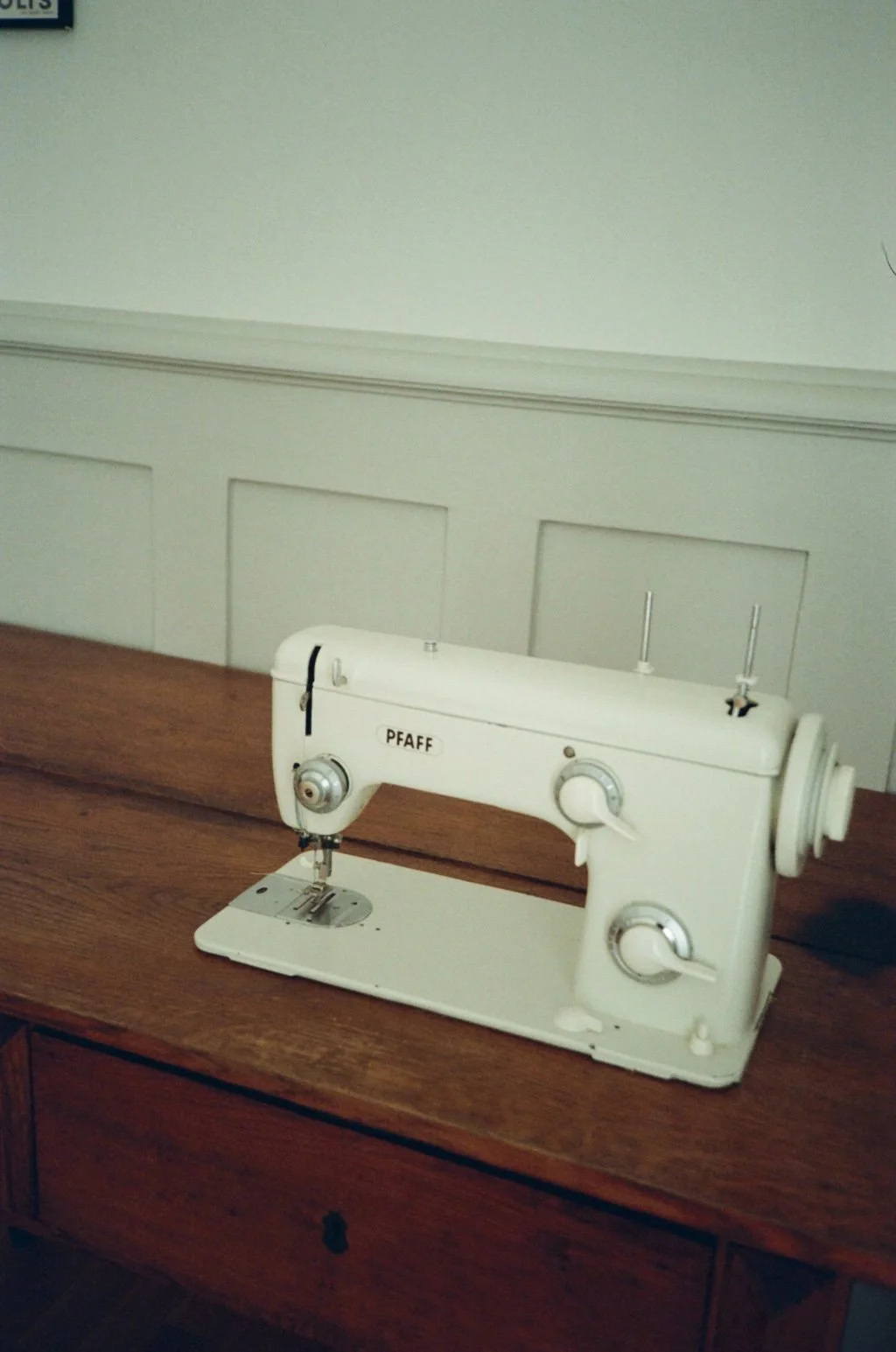Sustainability
Sustainability and ethical production within fashion are such important aspects and are often overlooked resulting in the industry being among the most wasteful and unsustainable industries worldwide. Unfortunately this isn’t only fast fashion, it can also include small brands who outsource their production to unreliable factories. It is so important to shop with brands that offer full transparency so you know how and who is making your clothes. Good On You is a good resource to learn about your favourite brands and their sustainability and ethics considerations.
Repairs to garments, made by myself or others are available at Luci La La to ensure your clothing travels with you through as much life as possible. Whether it be patching a hole or tear, replacing zippers or hemming, contact @luci.la.la with any enquires you may have.
DESIGN
All Luci products are thoughtfully designed to ensure versatility and practicality in the hopes these pieces become wardrobe staples to carry with you through life.
Garment patterns are drafted by myself using minimal paper and as most waste is a direct result of mistakes, I use measure twice cut once in every area of the creation process.
FABRIC & MATERIALS
Almost 100% of materials are locally sourced deadstock, including fabric, buttons, zippers and elastic, with the exception of thread. I use a brand I trust to be very strong, ensuring seam durability.
Pattern pieces are carefully arranged on fabric prior to cutting to ensure the most optimal use of fabric is achieved, creating the least amount of waste. Offcuts are used to make garment and size labels, as well as remnant bags.
PAPER
Paper scraps from the design and pattern making processes are saved, shredded and hydrated to create paper used for swing tags ensuring zero paper waste.
LABELS
All tags and labels were designed by myself and are either created using eco stamps that were hand made in the UK by Get Stamped, a local company while I was living in Scotland or were hand carved by myself.
PRODUCTION
Garments are made to order and sewn by myself. As I am the only person involved in the production process I can always make sure every seam and garment is constructed to the high quality I hold this label to.
Before producing garments for sale, I test samples for wear points and any areas of weakness or discomfort. Wearing samples for a few weeks is the best way to check this. Samples are never wasted and become part of mine or friends and families wardrobes.





